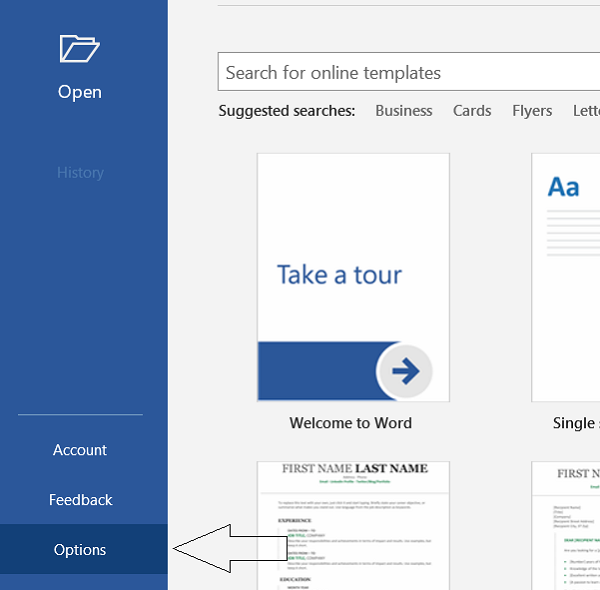
#Restore custom dictionary in word windows#
I have tested this modified file with Scrivener for Windows version 1.6.1 (the latest official release) as well as version 1.7.0.2 (the current beta). The easiest way to do this is simply rename the original file Scrivener_en(BAK).qm, and then rename it back should you need to restore it at any point.Ĥ) Go to Tools > Options in the menu system (or just press F12).ĥ) In the General tab of the Options dialog, change the Language to English.Ħ) Click OK in the information dialog that pops up. It’s safe to overwrite it, but if you are extra cautious you could always make a backup first.
#Restore custom dictionary in word download#
The steps below will switch the and references to enable you to look up words in the Collins online dictionary and thesaurus instead (in particular, the American English versions).ġ) Download the file Scrivener_en.qm from this link (you’ll need to unzip it), and save it to your hard drive.Ģ) Copy the file to the translations folder of your Scrivener installation (for example on my computer it’s C:\Program Files (x86)\Scrivener\translations\). Depending on the version of Scrivener you are running, you may already have a file called Scrivener_en.qm in that directory. These tools aren’t user definable, but if you are prepared to tinker a little under the hood there is a way to change these to something you use more regularly. When you are done, just close all the dialog boxes and go back to using Excel.Scrivener for Windows has a number of writing tools available from the Tools menu, including options to look up selected words in a number of online references (dictionary, thesaurus, etc). The custom dictionary editing dialog box.Īt this point you can add words to and remove words from the custom dictionary, as desired. Excel displays a dialog box that lists all the words in the custom dictionary.

This is why it is preferred that you use Notepad to edit the file, rather than a program like Word or Excel. The only thing to be careful about is that you put only one word per line, and that you don't save the file in any format except plain text. When you locate the custom dictionary, you can load it into Notepad and make any changes you want. The default name for the custom dictionary is CUSTOM.DIC, and you can search for it using the Find feature in Windows. This dictionary is nothing but a plain text file that contains the list of added words, one per line.


When you add a word to your custom dictionary, it is added to the same custom dictionary that is used by other Office applications, such as Word. When you click on the Add button in the spell-check dialog box, the word is added to your custom dictionary. Normally you do this when you run across a word that the main dictionary does not understand, but which you know is correct. As you use the spell-checking capabilities of Excel, you undoubtedly have added words to your custom dictionary.


 0 kommentar(er)
0 kommentar(er)
